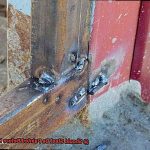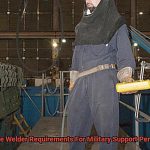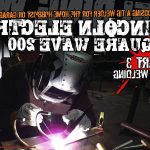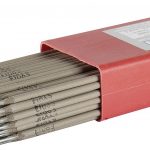Stainless steel is a ubiquitous alloy that has found its way into virtually every aspect of our lives.
From the kitchen to the hospital, it’s hard to imagine a world without this versatile material. But have you ever wondered if all stainless steels are magnetic?
If you have, then you’re in luck because today we’ll be discussing one particular type of stainless steel – 304 stainless steel. This grade is widely used for its durability, corrosion resistance, and versatility.
However, despite its popularity, many people still ask whether or not it is magnetic. In this blog post, we’ll be exploring the magnetic properties of 304 stainless steel and answering the age-old question – is it magnetic or not?
We’ll also delve deeper into what makes stainless steel magnetic in the first place and explore various factors that can affect its magnetic properties.
Whether you’re a DIY enthusiast looking to incorporate 304 stainless steel into your latest project or just someone curious about how things work, this blog post will provide you with fascinating insights into the properties of this remarkable material.
Magnetic Properties of 304 Stainless Steel
Contents
304 stainless steel is a remarkable material that has earned a reputation for its excellent corrosion resistance, durability, and versatility.
However, many people believe that all stainless steels are non-magnetic, which is not entirely true. The magnetic properties of stainless steel depend on several factors, including its specific composition and microstructure.
304 stainless steel is typically considered non-magnetic because it contains a high percentage of chromium and nickel, two elements that do not exhibit magnetic properties. The chromium creates a passive oxide layer on the surface of the steel that protects it from corrosion and gives it its distinctive non-magnetic characteristics.
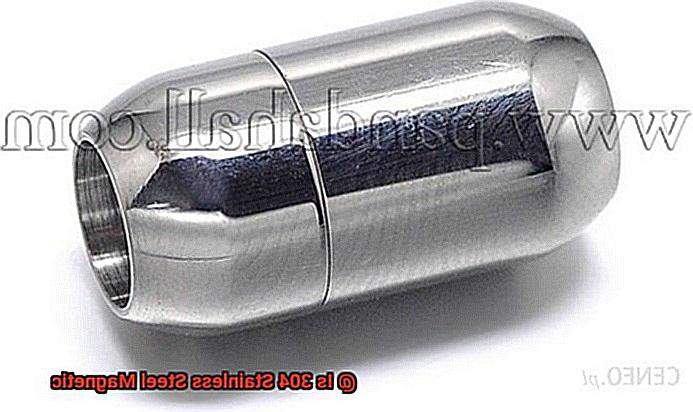
Meanwhile, nickel enhances the overall corrosion resistance of the steel. Despite its non-magnetic properties, 304 stainless steel can still display some level of magnetism under certain conditions.
For example, if the steel is cold-worked or exposed to high temperatures for extended periods, it can become slightly magnetic. This occurs because these processes alter the microstructure of the steel and cause some areas to become magnetized.
It’s worth noting that 304L stainless steel – a low carbon version of 304 – is more likely to be non-magnetic than standard 304 because of its lower carbon content. Carbon can contribute to the formation of magnetic phases in stainless steel, so reducing its concentration can help minimize magnetic properties.
A welder must test the magnetic properties of their specific grade of stainless steel before welding to ensure proper technique and avoid any unwanted magnetic effects.
Factors Affecting the Magnetism of 304 Stainless Steel
While this alloy is typically known for its non-magnetic properties, it can exhibit some degree of magnetism under specific circumstances.
In this section, we will delve into the various factors that can impact the magnetism of 304 stainless steel. One of the primary factors that can cause 304 stainless steel to become slightly magnetic is cold working.
This process involves reshaping and modifying the alloy at low temperatures, which can transform its austenitic structure into a magnetic martensitic structure. If extensive cold working is performed on 304 stainless steel, it can become slightly magnetic.
Heat treatment is another significant factor that can affect the magnetism of 304 stainless steel. If this alloy is heated to high temperatures and then rapidly cooled, its austenitic structure can change into a magnetic ferritic or martensitic structure.
In addition to these factors, impurities in the alloy can also affect its magnetism. For instance, if 304 stainless steel contains small amounts of iron or other magnetic elements, it can become slightly magnetic.
Lastly, the thickness of the material can impact its magnetic properties. Thin sheets or wire made from 304 stainless steel are less likely to be magnetic than thicker sections due to their lower mass per unit area.
To sum up, while 304 stainless steel is typically considered non-magnetic, it’s important to note that certain factors such as cold working, heat treatment, impurities, and thickness can cause it to become slightly magnetic.
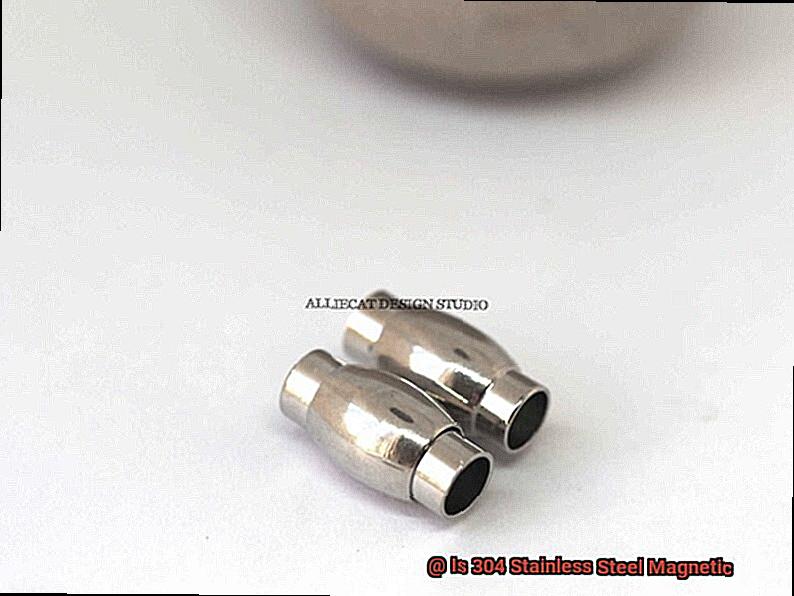
Is 304 Stainless Steel Magnetic?
It’s known for its durability, versatility, and resistance to corrosion. However, not all stainless steel types are the same, and one factor that distinguishes them from each other is their magnetic properties.
Now, when it comes to 304 stainless steel, it’s classified as austenitic because of its high levels of nickel and chromium. These elements are responsible for giving 304 stainless steel its non-magnetic property.
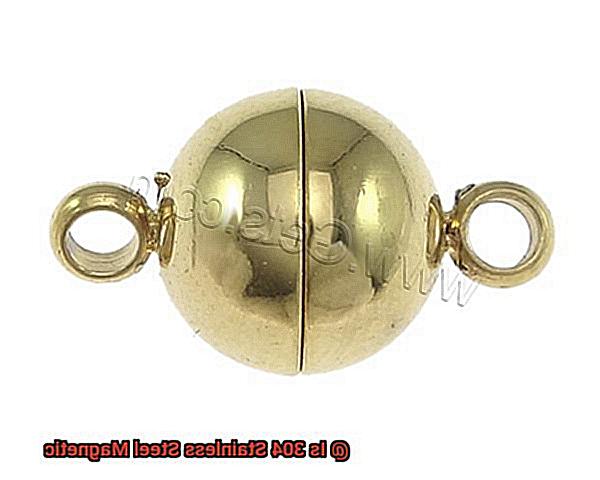
Therefore, in most cases, 304 stainless steel is non-magnetic. However, there are specific conditions where 304 stainless steel can exhibit some level of magnetism.
For example, when the material undergoes cold working or strain hardening, the metal is stretched or deformed, causing its austenitic structure to transform into a martensitic structure.
Besides strain hardening, another way that 304 stainless steel can become magnetic is when it’s in close proximity to other magnetic materials. When a piece of 304 stainless steel is placed near a magnet or another magnetic material, it can become magnetized due to the magnetic field.
To sum it up, while 304 stainless steel is generally considered non-magnetic because of its austenitic structure, it can exhibit some level of magnetism under certain conditions. Therefore, it’s crucial to keep these factors in mind when handling 304 stainless steel to prevent any unwanted magnetic effects.
Practical Applications of 304 Stainless Steel
This versatile material is highly sought after for its exceptional corrosion resistance and durability, making it a top choice for a myriad of industries.
In the food processing industry, 304 stainless steel is the go-to material for equipment used in manufacturing, such as tanks, piping, and storage containers. Its non-reactive nature and resistance to corrosion make it perfect for contact with food products.
Moreover, its ease of cleaning and maintenance make it a popular choice for use in hygiene-critical environments. The chemical processing industry also relies heavily on 304 stainless steel to manufacture vessels and piping for transporting and storing chemicals.
Its resistance to corrosion from acids and alkalis makes it a reliable material for these applications. The pharmaceutical industry is another sector where 304 stainless steel is commonly employed to manufacture equipment such as storage tanks and process piping.
Its non-reactive nature ensures that drugs and other pharmaceutical products are not contaminated during production. When it comes to construction and architecture, 304 stainless steel is widely used due to its durability and resistance to corrosion.
It is commonly found in roofing and cladding applications, as well as in handrails, door handles, and light fixtures due to its aesthetic appeal. Even the automotive industry benefits from the use of 304 stainless steel.
It is commonly used in exhaust systems and other components because of its resistance to high temperatures and corrosive gases. In summary, 304 stainless steel has a vast range of practical applications due to its excellent corrosion resistance, durability, and versatility.
Advantages of Using 304 Stainless Steel
This versatile material offers numerous advantages that make it a top choice for use in various industries. One of the key advantages of 304 stainless steel is its exceptional corrosion resistance.
Whether exposed to high temperatures or acidic or alkaline solutions, this superhero of materials can handle it all. That’s why it’s an ideal choice for use in the food and beverage industry where hygiene is critical.
In addition to its impressive corrosion resistance, 304 stainless steel boasts unbeatable strength and durability. It can withstand heavy loads without deforming or breaking, making it a reliable partner in construction and automotive industries.
But that’s not all. 304 stainless steel is also incredibly easy to work with and weld.
Whether you need it formed into different shapes and sizes or welded using traditional techniques like TIG or MIG welding, this versatile material can do it all. And let’s not forget about its low carbon content.
This reduces its susceptibility to sensitization and intergranular corrosion, meaning it can maintain its properties even after prolonged exposure to high temperatures. No wonder it’s a favorite choice for use in furnace parts.
Overall, the many advantages of 304 stainless steel make it an excellent option for a wide range of applications. Its non-reactive nature ensures safety in food processing equipment, while its resistance to high temperatures and corrosive gases proves its worth in the toughest conditions.
Disadvantages of Using 304 Stainless Steel
One of the significant drawbacks of 304 stainless steel is its susceptibility to corrosion in specific environments.
When exposed to harsh chemicals or high humidity levels, it can corrode and degrade over time. This can compromise the structural integrity of the equipment or product it is used in, leading to safety hazards.
Therefore, it’s crucial to assess the usage environment before opting for 304 stainless steel. Another disadvantage of 304 stainless steel is its relatively low heat resistance compared to other materials.
It can withstand moderate heat levels but is unsuitable for high-temperature applications such as furnace components or high-temperature processing equipment. Using it in such applications may cause deformation and loss of strength.
nAMAR8Zo4aI” >
Conclusion
In conclusion, 304 stainless steel is a versatile and dependable material that has become a go-to for many industries, ranging from food processing to construction.
While it is typically considered non-magnetic due to its austenitic structure, there are certain factors that can cause it to exhibit some magnetic properties. These include cold working, heat treatment, impurities, and thickness.
Despite its outstanding qualities such as corrosion resistance, strength, and durability, 304 stainless steel does have some limitations to keep in mind. It can be vulnerable to corrosion in specific environments and has relatively low heat resistance when compared with other materials.
However, the benefits of using 304 stainless steel far outweigh any drawbacks.
Its exceptional corrosion resistance, unbeatable strength and durability, ease of workability, and low carbon content make it an excellent choice for a wide range of applications.


